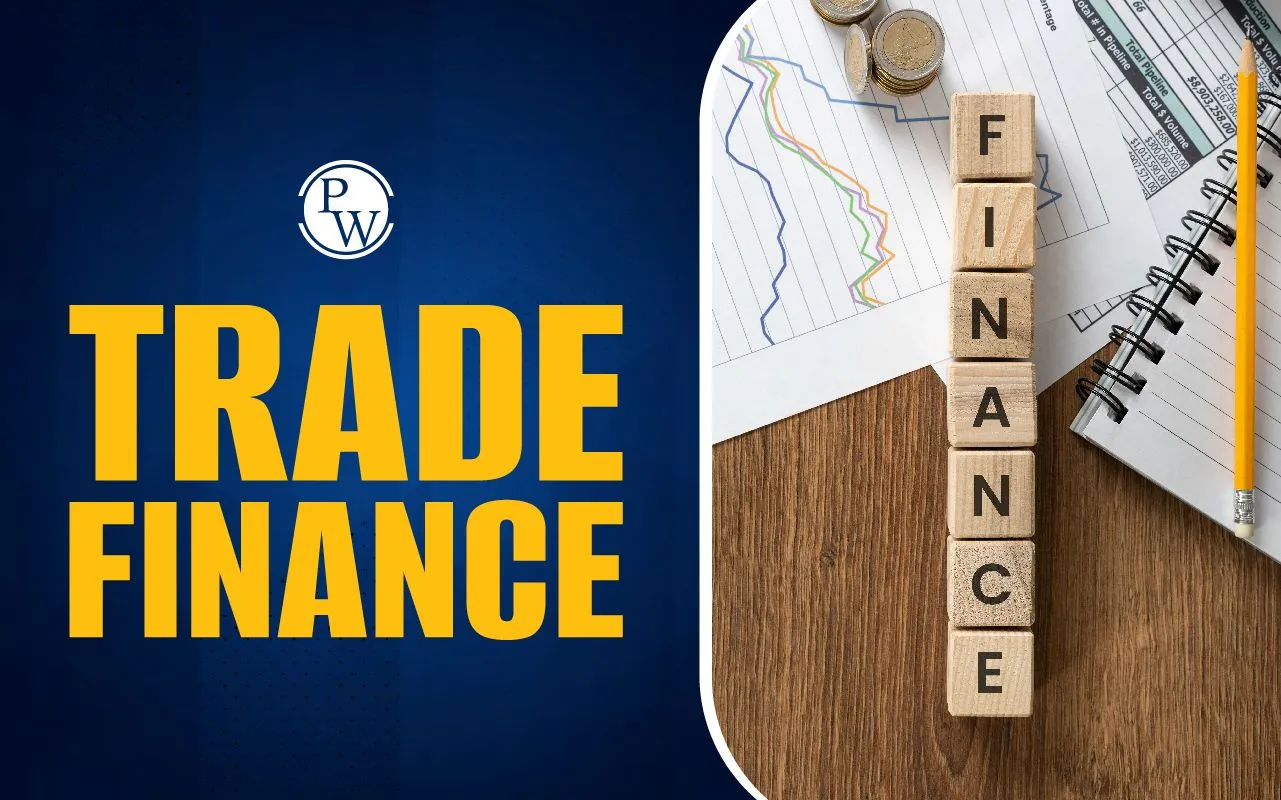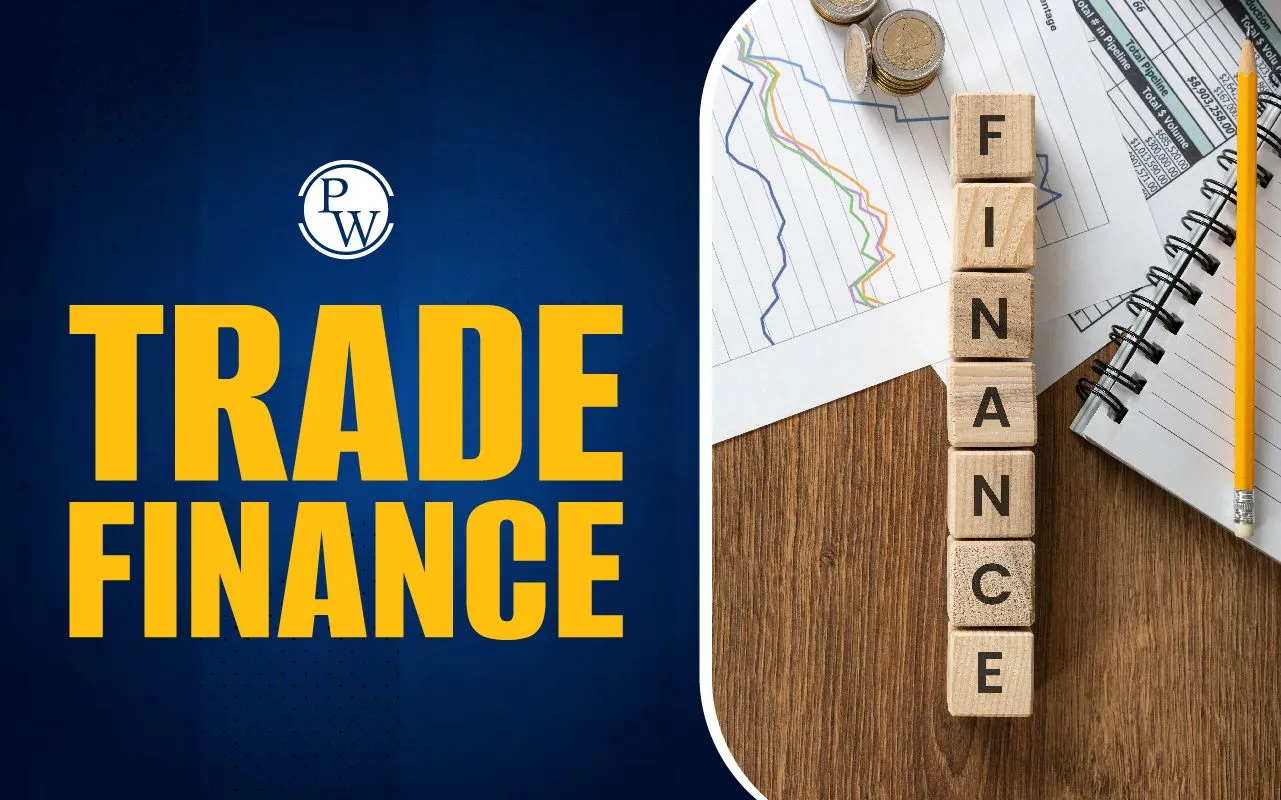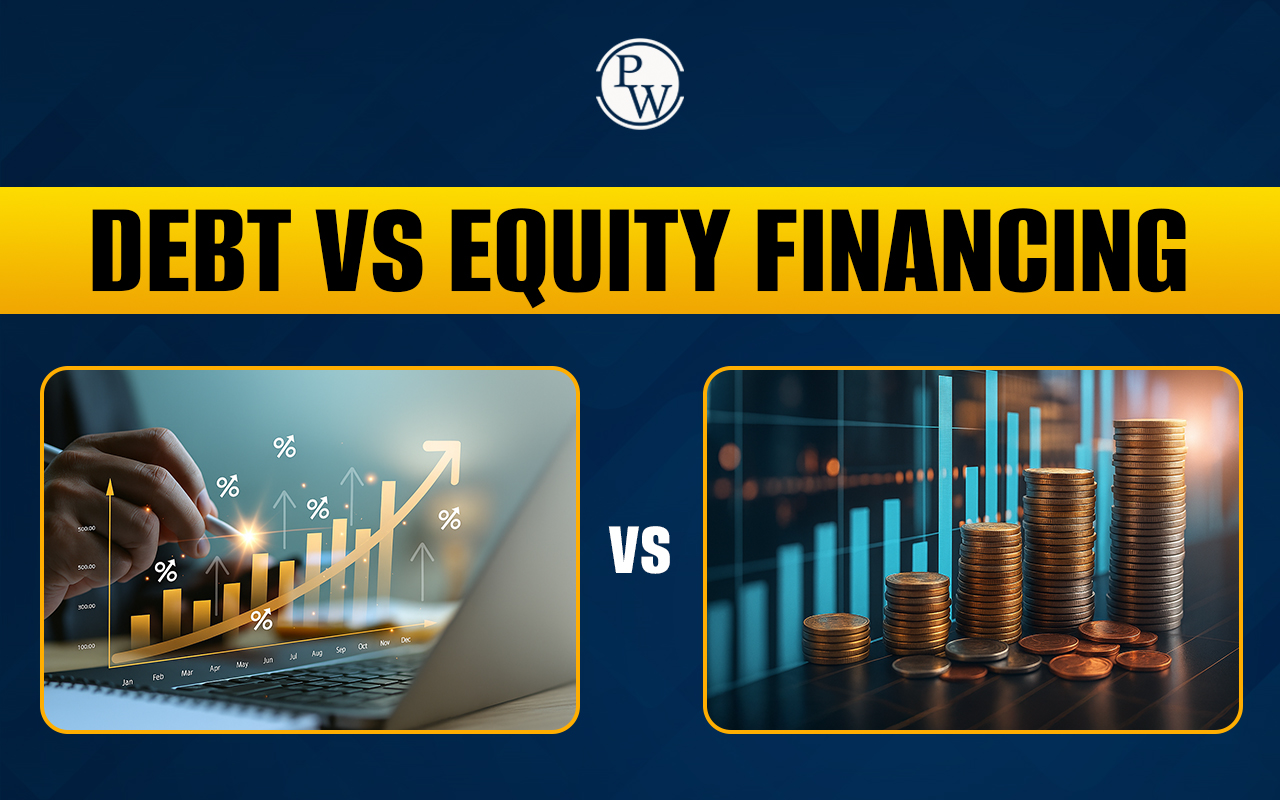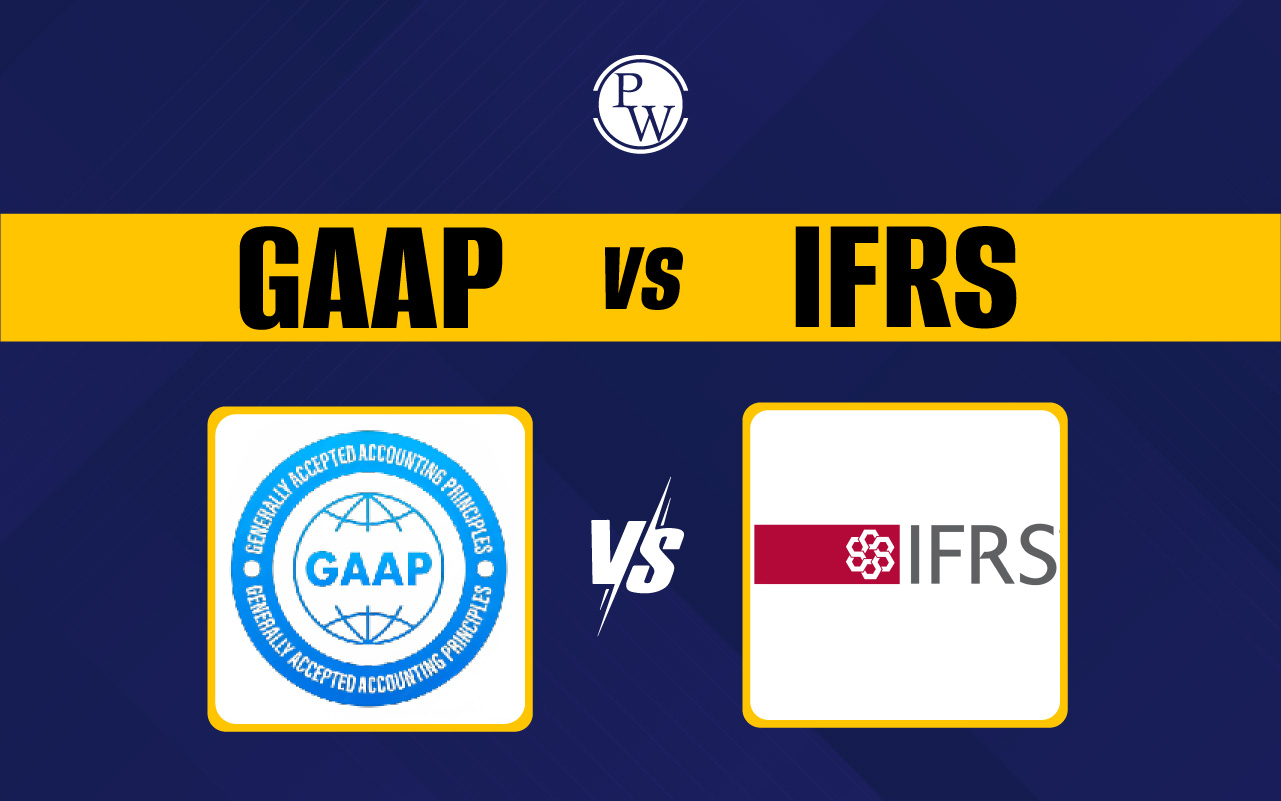
Trade finance plays a crucial role in enabling global commerce by offering financial tools and services that support international trade transactions. It includes a wide range of products and processes that help importers and exporters conduct business efficiently and securely across borders. By addressing the financial needs and risk factors associated with global transactions, trade finance makes cross-border trade more accessible and less risky for businesses of all sizes.
What is Trade Finance?
Trade finance refers to a set of financial instruments and services designed to facilitate international trade. It bridges the gap between exporters who want prompt payments and importers who prefer paying after receiving the goods. Trade finance helps mitigate various risks such as non-payment, political instability, and currency fluctuations. One common tool in trade finance is a letter of credit, which assures the exporter that payment will be made once the necessary shipping documents are presented.
The term what is trade finance can be understood as the collective efforts by financial institutions, exporters, importers, and regulators to ensure smooth and secure trade flows. These solutions support working capital requirements, improve liquidity, and strengthen trust between trading partners.
Also Check: Behavioral Finance
How Trade Finance Works
Trade finance typically begins once a trade agreement is made between two parties. Here's a step-by-step overview of how it works:
Agreement and Contract: The importer and exporter agree on the terms of the trade, including payment methods, delivery deadlines, and documentation requirements.
Issuance of Instruments: The importer approaches their bank to issue a letter of credit or a bank guarantee in favor of the exporter.
Shipping and Documentation: The exporter ships the goods and submits shipping documents such as bills of lading and invoices to the importer’s bank.
Verification and Payment: The bank reviews the documents and, if everything aligns with the letter of credit, releases the payment to the exporter.
Settlement: The importer then repays the bank under agreed terms, often with a certain grace period.
This process ensures that payment and delivery occur as agreed upon, reducing the risk of fraud and non-compliance.
Key Components of Trade Finance
Below, we've mentioned key componets of trade finance:
1. Financial Instruments
Several tools are commonly used in trade finance:
Letters of Credit (L/Cs): Assure exporters that payment will be made once specified conditions are met.
Import and Pre-export Loans: Offer working capital to businesses before goods are shipped.
Factoring: Exporters sell their invoices at a discount to get immediate cash.
Export Credits: Financial support extended to domestic exporters by government agencies or banks to promote exports.
2. Stakeholders Involved
Trade finance involves several key players:
Banks: Issue financial instruments and offer advisory services.
Exporters and Importers: Engage in the actual exchange of goods and services.
Export Credit Agencies: Government-backed institutions providing guarantees and insurance.
Insurers: Offer trade credit insurance against default and political risk.
Regulators: Ensure compliance with international laws and standards.
Mitigating Trade Risks
Trade finance is essential in managing risks inherent in international trade. Exporters face the possibility of not being paid, while importers worry about receiving goods as promised. Trade finance tools such as letters of credit and bank guarantees provide a structure where both parties feel secure. These tools help manage:
Non-payment Risk: By ensuring payment upon compliance.
Currency Risk: Using forward contracts and hedging options.
Political Risk: Through insurance or government-backed guarantees.
Operational Risk: By setting up detailed documentation and collateral arrangements.
Also Check: How to Become a Financial Analyst
Benefits of Trade Finance
1. Improved Cash Flow
Trade finance ensures that exporters receive prompt payments while importers get time to pay, helping both manage their working capital better. Instruments like factoring and letters of credit allow businesses to continue operations without waiting for payments or relying solely on traditional loans. This benefit is particularly helpful for small and medium-sized enterprises (SMEs) facing liquidity challenges.
2. Greater Trade Opportunities
One of the major benefits of trade finance is that it enables businesses to expand their market reach. With risk mitigation tools in place, businesses can enter new markets confidently. Export credit agencies and trade credit insurance are vital in helping companies explore foreign markets without fear of losses due to non-payment or political unrest.
3. Strengthened Business Relationships
By offering assurance and improving transaction transparency, trade finance fosters trust between buyers and sellers. It allows exporters to invest in fulfilling orders and importers to feel secure in making payments. This mutual reliability strengthens long-term partnerships.
Challenges in Trade Finance
Despite its advantages, trade finance comes with challenges, especially regarding regulatory compliance and cost structures.
Regulatory Compliance
Due to rising global scrutiny, banks and institutions are bound by stringent anti-money laundering (AML) and know-your-customer (KYC) rules. These regulations aim to prevent illegal activities, but often add layers of complexity to the transaction process. Businesses are required to submit extensive documentation, undergo background checks, and comply with local and international laws.
High Costs
The cost of availing trade finance solutions varies across regions. While developed countries might offer lower rates, emerging markets often face higher charges, making it harder for SMEs to access trade finance. The cost includes interest rates, processing fees, and charges for document verification and legal compliance.
These costs can be a burden, particularly in countries with underdeveloped financial systems. Businesses may struggle with the paperwork involved, further delaying transactions and increasing expenses.
The Role of International Trade Finance
International trade finance plays a transformative role in driving global economic growth. It facilitates seamless cross-border transactions and supports businesses in overcoming geographical and financial barriers. Institutions like the World Bank and the World Trade Organization (WTO) are working toward reducing the global trade finance gap, particularly in underdeveloped regions.
Technological advancements are also playing a role. With digital documentation and blockchain solutions, international trade finance is becoming more efficient, secure, and accessible. This digital transformation is expected to significantly reduce processing time and costs.
What is trade finance becomes more relevant as digital innovations reshape the landscape of international commerce. From AI-powered compliance tools to real-time tracking systems, trade finance is evolving to meet the demands of modern trade.
Trade finance is more than just a support system for importers and exporters it is a critical enabler of global commerce. By mitigating risks, improving cash flow, and enhancing access to international markets, trade finance enables companies to establish a robust financial foundation for growth that extends beyond their domestic boundaries.
Understanding the benefits of trade finance allows businesses to make informed decisions when engaging in international trade. With continuous efforts from global institutions and technological innovation, the future of international trade finance looks increasingly inclusive and efficient. Businesses that leverage these solutions stand to gain not just financial stability but also strategic advantage in a globally competitive marketplace.
Step into the World of Professional Finance with PFCP – PRO
Gain a strong foundation in accounting, taxation, and financial management through PW Finance Course. This two-month hybrid certification program blends weekday live sessions with recorded lectures, offering practical case studies curated under the mentorship of PwC India. Whether you're a recent graduate or a working professional, this course helps you develop job-ready skills to confidently step into the finance domain.
Join PW Finance Course and move closer to a future in finance that’s driven by knowledge, skills, and industry relevance.
Trade Finance FAQs
What is trade finance in simple terms?
How does trade finance help exporters and importers?
What are some common instruments used in trade finance?
What are the key benefits of trade finance for small businesses?
What role does international trade finance play in global commerce?













